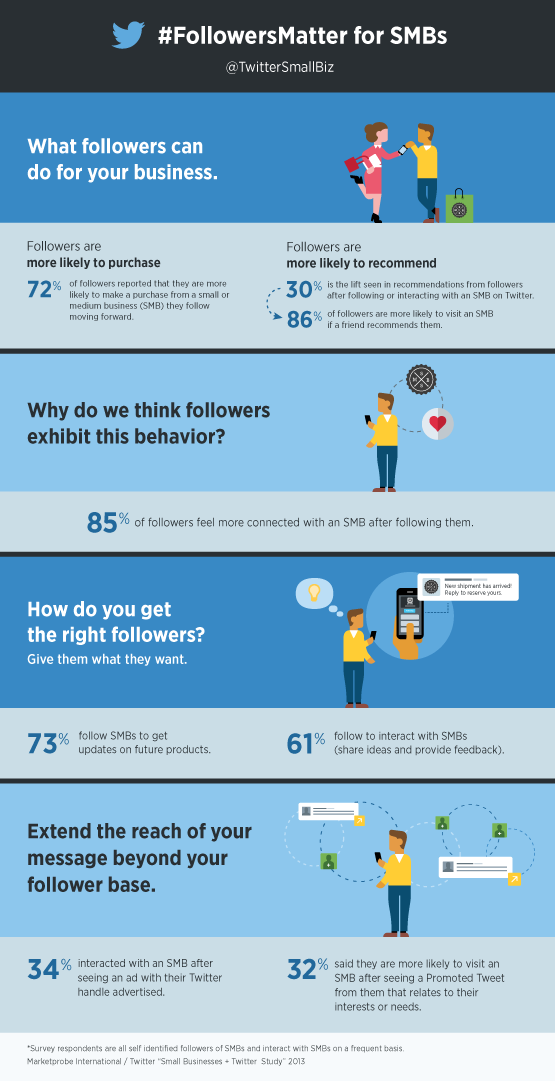Marketing to Millennials: Selling Legal Services in the 21st Century
Today's article is by guest author, Kristine Vincencio.
Changing demographics are posing new challenges to lawyers when marketing their services. Jefferies Solicitors looked at the latest trends - and where they may be leading for the future.
The legal landscape is changing, and in the 21st century you are increasingly likely to see non-standard family models and individuals whose priorities and personal timescales differ from 'traditional' expectations.
A recent Datamonitor Consumer report sums up some of the most significant factors influencing consumer goods companies at present - and many of the same observations could apply equally to the marketing of legal services to the demographic group known as 'millennials.'
Trendsights: Situational Complexity, Datamonitor notes that many people no longer have the kinds of 'prescribed checkpoints' that would once have applied to almost everybody's personal life journey.
Rather, some people are more likely to delay getting married and having children, and instead choose to co-habit (for longer)- before marriage; in particular, lesbian, gay and transgender couples are becoming much more widely accepted within society, and represent specifically 'non-standard' households for obvious reasons.
All of this means that providers of legal services need to be able to cater for the demands of clients, no matter what their unique circumstances might be. Marketing services as such could be an important step towards gaining market share from customers in non-traditional situations.
Age is on the Increase
First, you should be prepared to deal with an ageing client base, not only in general terms, but also in the context of specific services that have traditionally been provided to people of a certain age.
Many people are marrying later in life, for instance, which may mean they have more assets and savings, increasing the potential to market prenuptial agreements to these couples; there may be a greater age gap between the parties involved as well, creating an imbalance in terms of who holds the greater personal wealth.
Datamonitor reports that almost a third of 25 to 34-year-olds worldwide currently live with their parents; this makes them more likely to have a larger disposable income, but also means a greater number of older adults will be buying their first homes in the years to come - meaning conveyancing services for first-time buyers should not only be aimed at those in their early 20s.
With more people having children later in life, and retirement ages also on the increase, it is essential that you appreciate how ageing within your client base translates into a need for properly targeted sales messages, to avoid alienating mature clients by treating them as though they are 'young.’
Closing the Gender Divide
Datamonitor's findings also hint at how the gender divide is perhaps not closing, but is becoming blurred by shifting roles and family structures.
"The blurring of traditional gender roles has important implications for how products are positioned and to whom they are targeted," the analyst warns.
In addition to the obvious implications for traditional family units - in which the woman may now be the main breadwinner, and the man the primary caregiver at home - LGBT families are now enjoying greater freedom and acceptance in society as a whole.
You may wish to reassess your range of services to ensure you are not neglecting these non-standard family units, particularly including same-sex couples who have children through adoption or surrogacy, and in light of new laws on same-sex marriage in some countries of the world.
The years to come are likely to see even less predictability in individuals' personal timelines and life goals, along with an even greater prevalence of non-standard and non-traditional households.
In order to be positioned for maximum success, you need to remain vigilant to changing demographics within your client base - and pragmatic about how you cater for those new societal groups, even in the absence of clear legal precedents.
Anne Kristine writes about her experiences in law at Jefferies Solicitors, a legal services company based in Essex.
 The
The .jpg) Dee Latham, Senior Copywriter at LexisNexis, hit it spot on with this blog post about the importance of mobile websites.
Dee Latham, Senior Copywriter at LexisNexis, hit it spot on with this blog post about the importance of mobile websites.
 More people are online than ever before and they are looking up lawyers using their mobile phones and tablets. If you haven't optimized your website for mobile devices, you are missing a lot of new business.
More people are online than ever before and they are looking up lawyers using their mobile phones and tablets. If you haven't optimized your website for mobile devices, you are missing a lot of new business. Sara Derakhshanian
Sara Derakhshanian.png) Amanda is an online writer who is always looking for new topics and places to write. She normally writes about business, personal finance, and marketing for sites across the web including
Amanda is an online writer who is always looking for new topics and places to write. She normally writes about business, personal finance, and marketing for sites across the web including 




